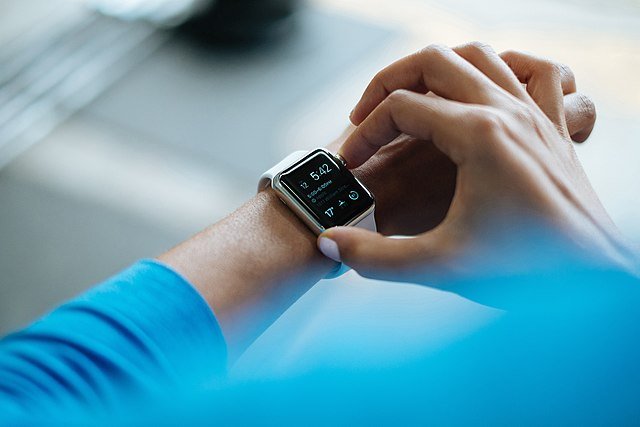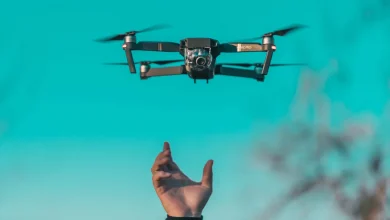Smartwatches may soon charge themselves

Mechanical wristwatches that automatically wind up in motion. They’re luxury items, but that technology is pretty cool. No batteries, no manual winding – as long as you’re on the go, your watch is safely wound. What if our smartwatches and fitness trackers could do that? Thanks to a tiny device, developed at the University of Edinburgh, this could become a reality very soon.

Wearable electronics have small batteries that in the future could be charged just by wearing the device. Image credit: Crew via Wikimedia
Various wearable electronic devices require frequent charging. This is a bit of a hassle, and you’ve probably seen a dead smartwatch or two. You may just forget to charge it. However, self-charging devices will be much more important than just solving the problems of a distracted mind. Scientists hope that sustainable and energy-efficient battery alternatives can reduce e-waste and energy consumption. Now, wearable devices are often thrown away when the battery is dead. The battery can be changed, but then you still have the problem of a dead battery that wastes as well as uses energy.
And so scientists are developing automated charging solutions that can charge devices while they are being worn. The new mechanism, developed at the University of Edinburgh, is twice as powerful as existing similar devices. Scientists are taking advantage of the ultrafine fibers of a material known as PVDF. This material generates electricity when pressure is applied to it. The scientists used a high-voltage power source to create 3D sponge-like blocks of PVDF fibers, attached electrodes and wires to it, and then wrapped the device in silicon. Scientists tested their tiny power-generating device and discovered that it could generate 40 microwatts of electricity per square centimeter. This may not sound like a lot of power, but it’s more than twice as much as the most powerful piezoelectric generator available.
While powering wearable electronic devices is important, scientists are also thinking about medical implants. Francisco Diaz Sanchez, one of the study’s authors, said: “With growing interest in the development of electronic wearables and implantable devices, the generation of e-waste and Limitations related to battery capacity remain some of the key challenges to overcome. The materials we have developed bring us one step closer to the sustainable development of wearable electronics. ”
It will be some time before self-charging devices become available. They’re too power hungry right now, and those piezoelectric generators need big advancements, too. However, that future is drawing closer and soon your smartwatch will be as automatic as a luxury mechanical wristwatch.
The source: University of Edinburgh




